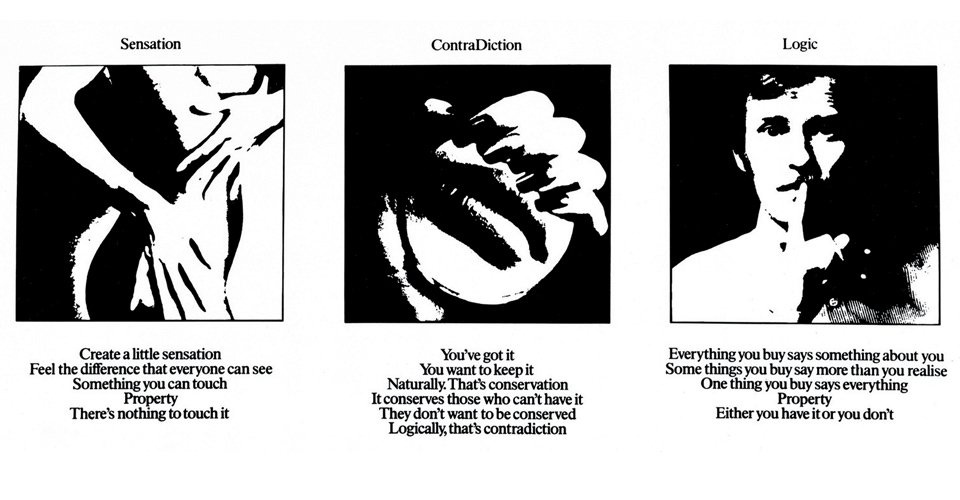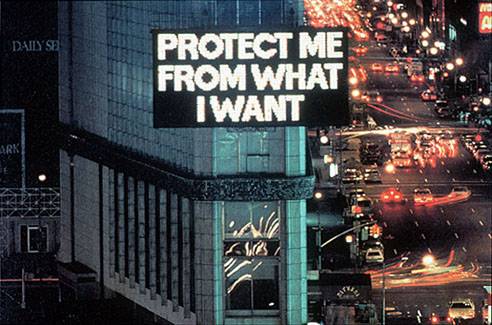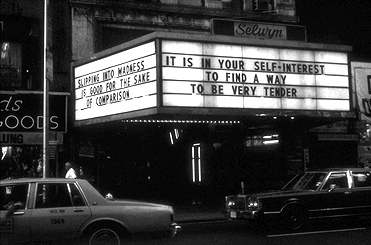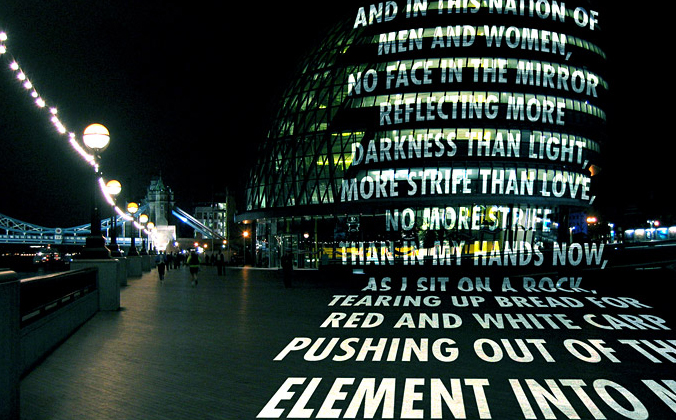His work often revolves around the presentation of forms of 'documentary' or 'archival' evidence, but the accumulation of images and text (often describing or brushing against violent historical events) in fact only leaves us profoundly uncertain as to where the boundary between fact and fiction lies. Raad creates a whole series of made-up (or are they?) characters, who are supposed to have bequeathed material to the Atlas Group's archive, and whose often traumatic biographies are layered over the material they present.
The work thus explores the nature of archives and their production of historical and collective forms of memory.
The image below, for example, claims to be from the notebook of one Doctor Fakhouri, a historian, listing the models of cars used for bombs between 1975 and 1991, and the text in Arabic gives information about the time and place of the explosion, its victims, the area that was damaged, etc.
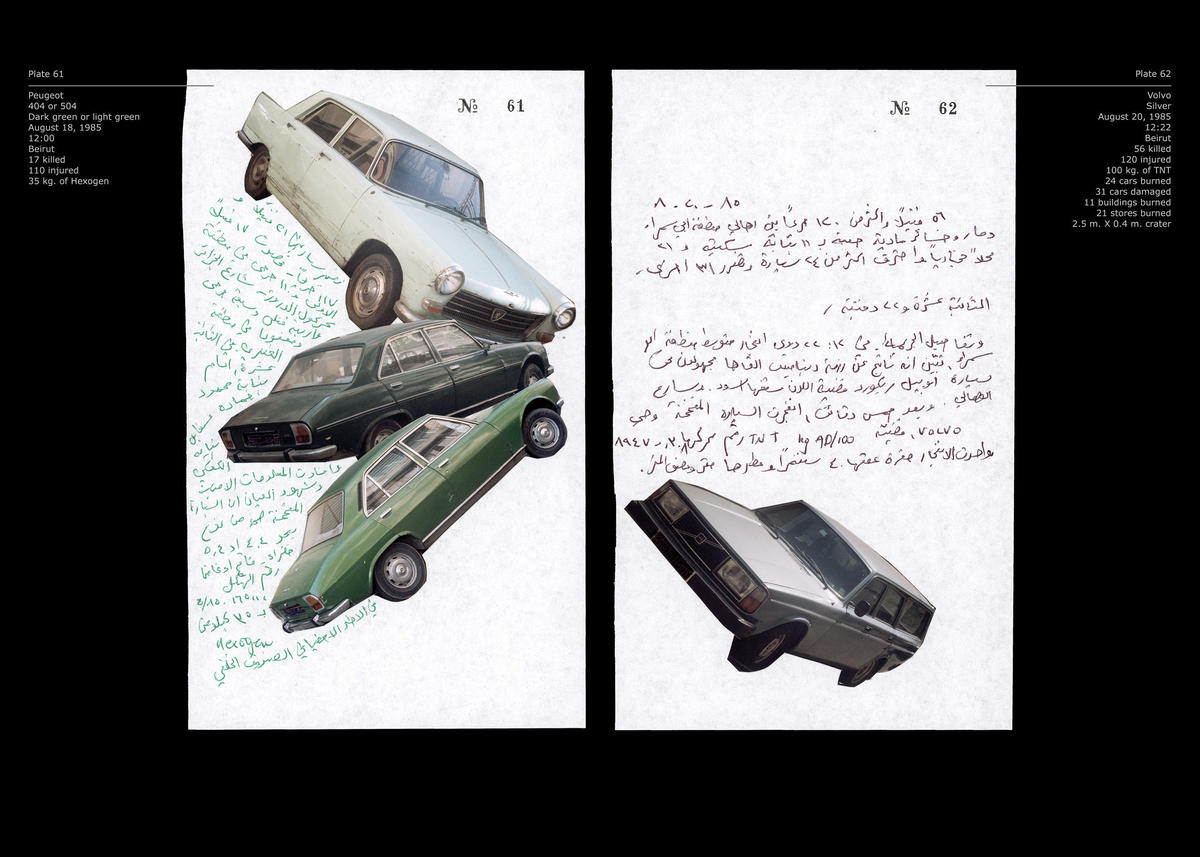 |
| Notebook volume 38: Already been in a lake of fire 1991. |
http://www.e-flux.com/journal/69/60594/walid-raad-s-spectral-archive-part-i-historiography-as-process/



